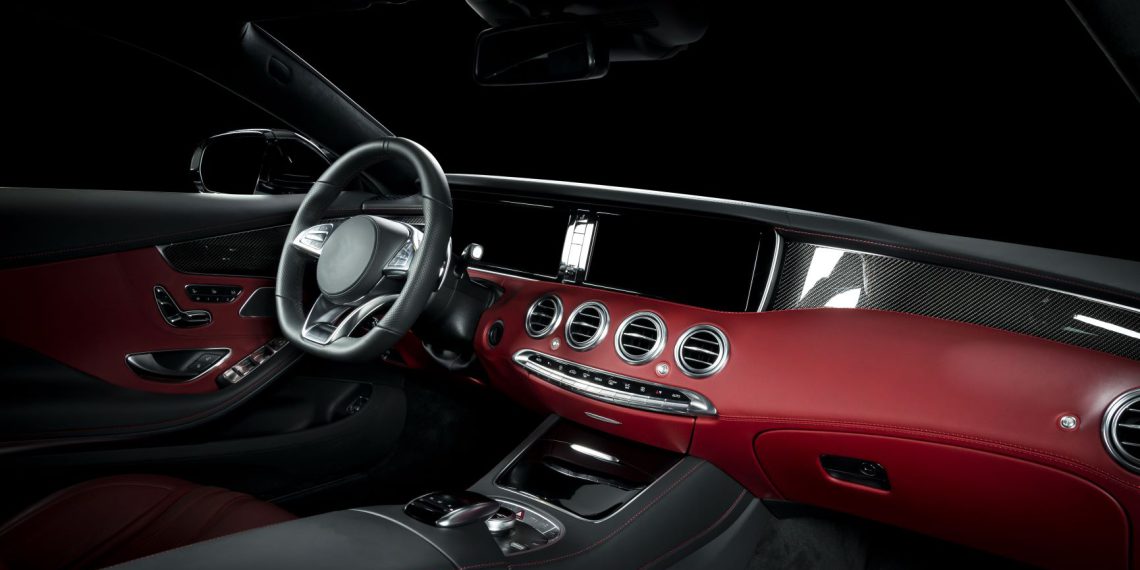Asahi Kasei Plastics North America (APNA) introduces SoFormTM, a new engineered resin series as part of their diverse Thermylene® family – Asahi Kasei’s portfolio of specialty chemically coupled glass fiber reinforced polypropyl-enes. SoFormTM is a cost- and process-optimized material for automotive interior sur-faces and industrial durable goods.
SoFormTM features excellent scratch resistance with haptic surface feel and improved durability compared to competitors. It also offers key benefits such as low gloss, low emissions, chemical re-sistance, and structural performance. “Durability coupled with low gloss and improved haptic surface feel are key to interior performance and customer end use criteria now more than ever; SoFormTM provides an attractive solution to meet these demanding requirements” states Jane Horal, Marketing and Business Development Manager at APNA. The material is available in 10%, 15%, 20% and 25% glass fiber filled grades. All are commercial-ized and available in either natural or pre-colored for injection molding.
Automotive application areas for these novel grades include, but are not limited to, instrument panels, door panels and associated touch points (map pockets, console sides, mirror surrounds and seat trim). SoFormTM also excels in the industrial segment with applications such as furniture armrests and durable wear surfaces. The durability and haptic surface finish enable both automotive and industrial segments to provide customers with improved longevity and luxury.
“SoFormTM has unique performance compared to traditional talc reinforced thermoplastic elastomers due to the increased scratch and mar properties” says Todd Glogovsky, VP of Sales and Technology at APNA. “For applications that have higher durability requirements, SoForm will be a key product”.
Currently, soft touch paint, over-molding or a foam in place with skin has been required to meet these customer demands. SoFormTM is an alternative to improve the design, manufacture, logistics and value chain of the production process. As the material eliminates the needs to paint, over-mold or foam in place, it can provide additional cost-savings and eco-friendly options for the manufacturer.

















